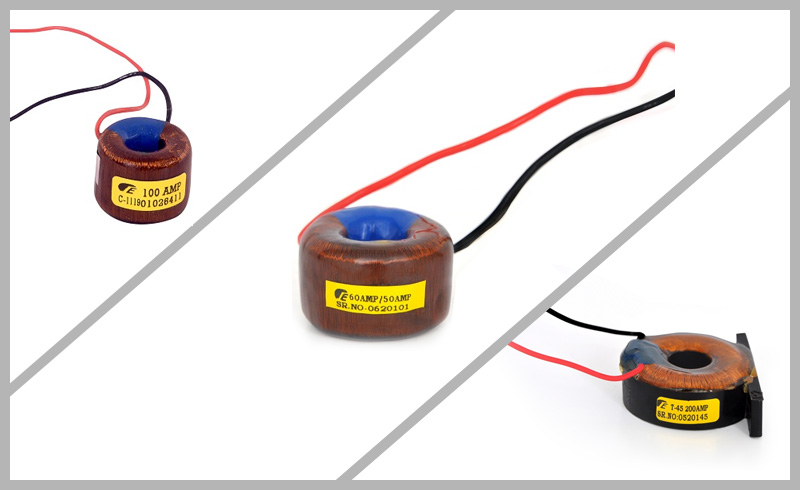No Product Added

By : Shah Electronics

Current transformers are essential components in many electrical applications, such as power monitoring, control systems, and protective relaying. A current transformer (CT) is used to measure the current flowing through a conductor and produce a proportional secondary current that can be used for measurement or control purposes. Choosing the right current transformer for your application is critical for accurate measurement and reliable performance. In this blog post, we'll discuss how to choose the right current transformer for your application.
Before we dive into the selection process, it's essential to understand the basic principles of current transformers. A current transformer works by placing a conductor through a magnetic core. The current flowing through the conductor generates a magnetic field that induces a current in the secondary winding of the transformer. The output current of the CT is proportional to the current flowing through the primary conductor. The secondary current is then used for measurement or control purposes.
The ratio of primary to secondary current is determined by the number of turns in the primary and secondary windings. For example, if a current transformer has a ratio of 1000:1, the secondary current will be 1/1000th of the primary current. The turns ratio of the current transformer is a critical factor that determines the accuracy and performance of the CT.
When selecting a current transformer for your application, several factors should be considered, including:
The current rating of the CT should be matched to the maximum current that will flow through the primary conductor. The CT should be rated higher than the maximum expected current to avoid saturation of the core.
The frequency range of the CT should be selected based on the frequency of the current being measured. The CT should have a bandwidth that covers the frequency range of the current being measured to ensure accurate measurement.
The accuracy of the CT is determined by the turns ratio and the core material. The CT should have an accuracy that meets the requirements of the application.
The burden of the CT is the maximum load that can be connected to the secondary winding without affecting the accuracy of the measurement. The burden of the CT should be matched to the load impedance of the measurement device.
The CT should be insulated to the appropriate voltage rating for the application. The insulation material should be selected based on the environment and operating conditions.
The physical size of the CT should be considered to ensure it fits in the available space and can be easily installed.
The application of the CT should be considered to ensure it meets the requirements for accuracy, frequency response, and operating conditions.
Choosing the right current transformer for your application is critical for accurate measurement and reliable performance. The selection process should consider the current rating, frequency range, accuracy, burden, insulation, physical size, and application requirements. It's essential to select a current transformer with a suitable turns ratio and core material for the application. Selecting the right current transformer can help ensure accurate measurements, improve efficiency, and reduce downtime in your application. Contact Shah Electronics for expert advice on selecting the right current transformer for your specific application requirements.
© 2025. Shah Electronics. All Rights Reserved. Terms of Use Privacy Policy Cookie Policy
Terms of Use
Privacy Policy
Cookie Policy
© 2025. Shah Electronics. All Rights Reserved.
Powered by WEBMANTRA